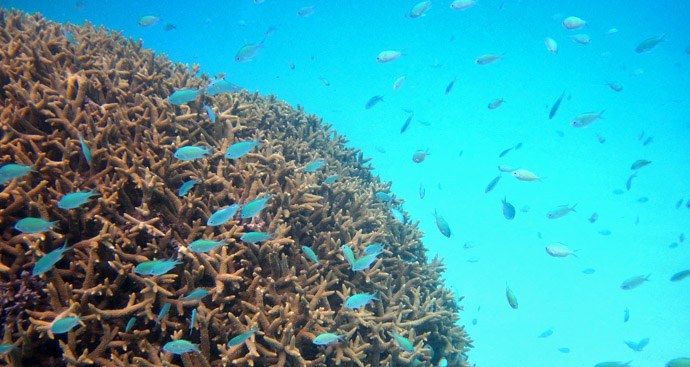Dana Riddle also continued his research on how corals and their zooxanthellae responded to differing spectral qualities and photosynthetic efficiencies.
Now a new study shows how light quality shapes coral skeletal development.
In short, researchers compared the skeletal growth patterns for clones (aka frags) of Acropora formosa and Stylophora pistillata grown under blue T5 bulb, blue LED, and full spectrum LEP (plasma) lighting systems with comparable PAR values of 250±20 µmol quanta m−2 s−1. After six months, the researchers examined the corallite structure using scanning electron microphotography to measure distances between corallites, corallite diameter, theca thickness, and the length of the septa (see diagram below)

The results

The data showed coral skeleton displayed significant morphological differences when kept under different lights in most of the measured values (see plot below). While each of the two species did not behave in the same manner to T5, LED, and LEP, specimens within each species demonstrated a clearly definable trend in their skeleton pattern. In other words, Acropora formosa and Stylophora pistillata may not react the same to the different lighting systems. However, the frags of Acropora formosa all reacted similarly under each lighting system, and the same was true for the Stylophora frags.

The researchers hypothesize that corals adapt their skeletal growth to “optimize internal radiances for their endosymbiotic zooxanthellae” for not only different intensities of light (a phenomenon that is already well-documented) but also the spectrum of light.
For full details about the experiment and results, read the open-access PLOS ONE paper.











0 Comments